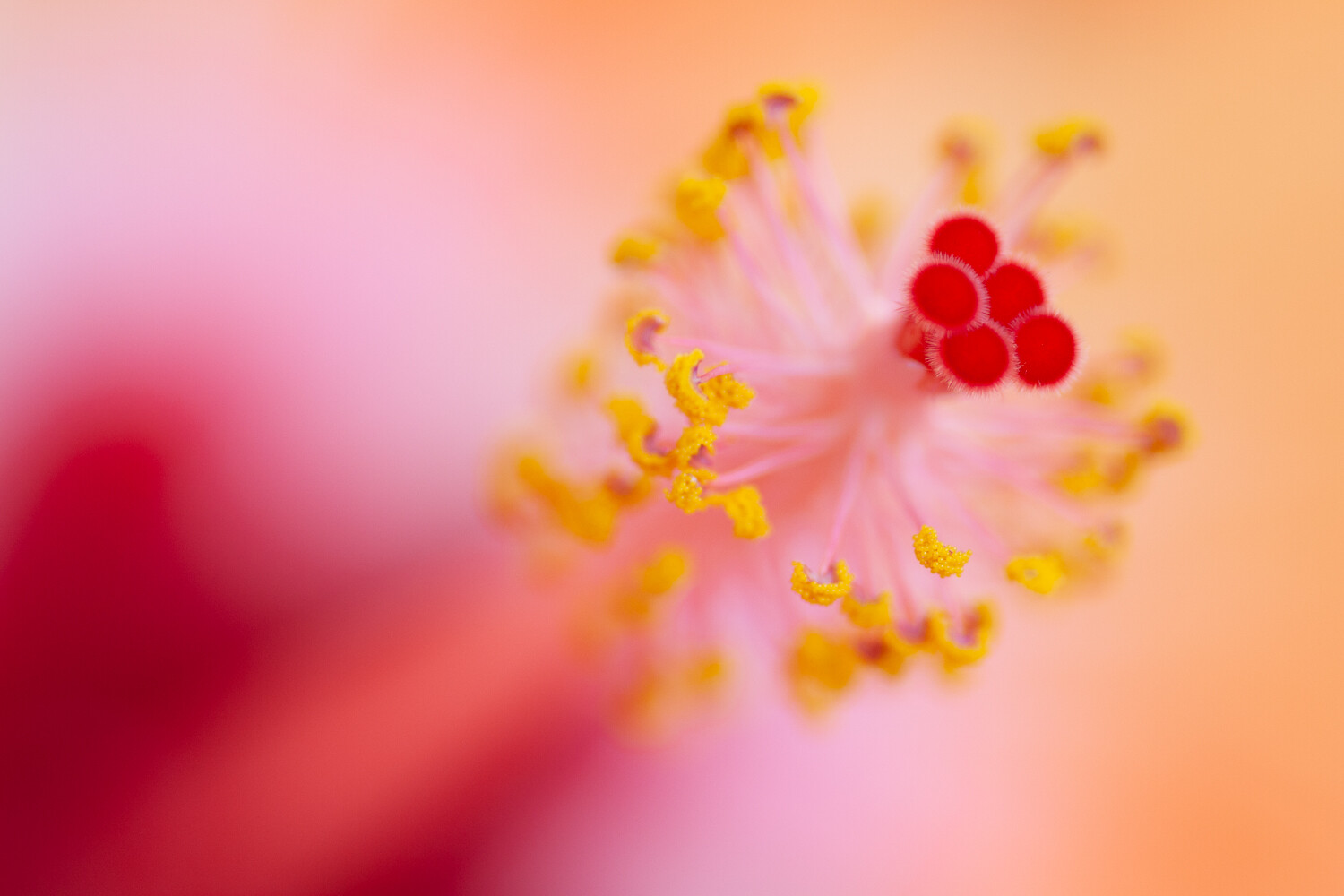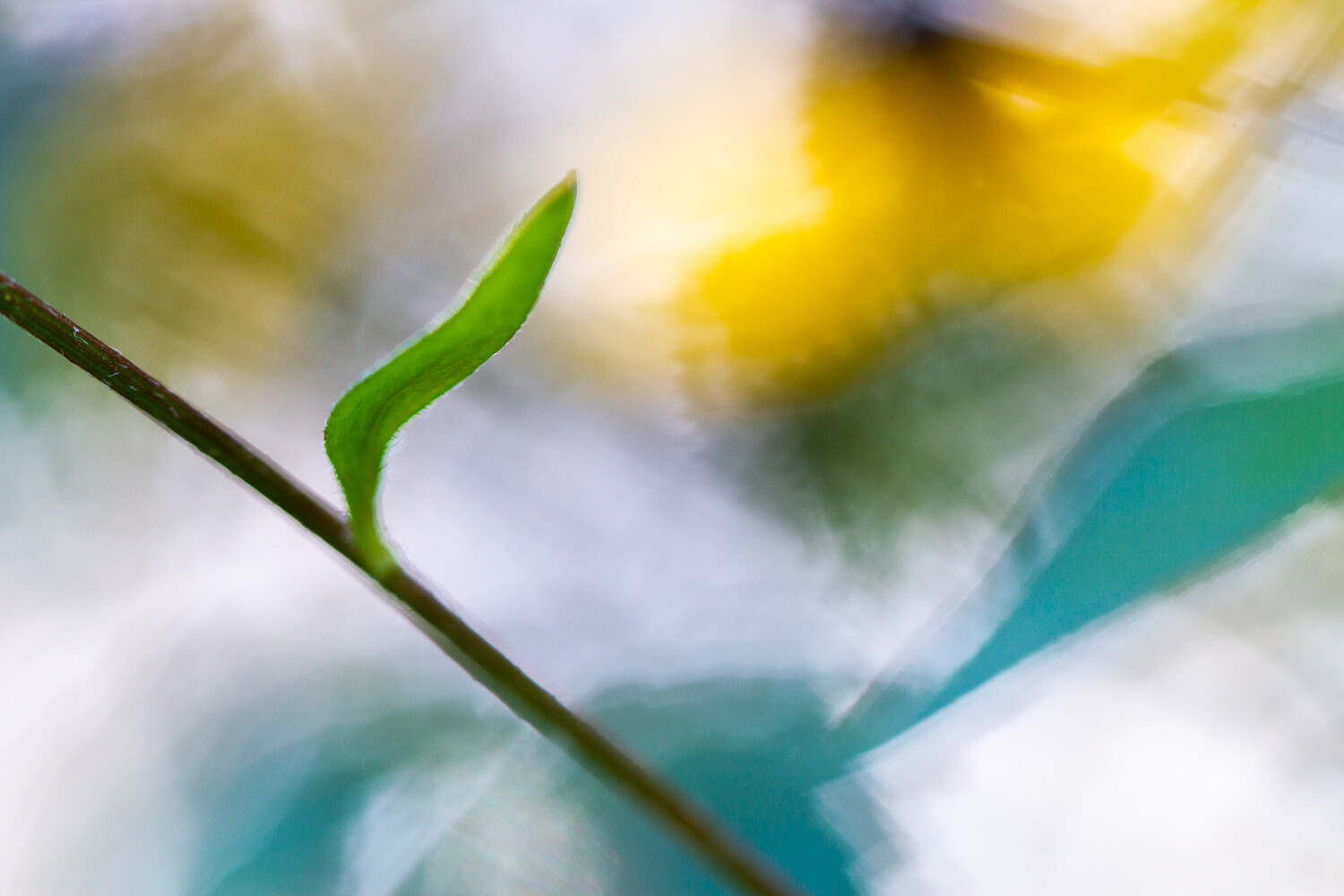The Human Side of Photography – 4 Tips for Natural Looking Portraits
Over the years my camera has become an extension of my arm, relate? Of course you do. Those lucky souls like you and I who discover they have a passion for photography quickly find it to be magically intoxicating in every way. We just can’t get enough. Well passion and creative vision out the wazoo (pardon my French), even when coupled with perfect light, perfect equipment, and all the experience in the world will amount to very little if you’ve got a subject who just will not cooperate.
Well passion and creative vision out the wazoo (pardon my French), even when coupled with perfect light, perfect equipment, and all the experience in the world will amount to very little if you’ve got a subject who just will not cooperate.When I first started as a professional photographer it was mind baffling to me the way some people responded when I’d point my camera at them. “FOR PETE’S SAKE!” I’d lament to my husband after a shoot. “They were paying me to photograph them, they hired me, it wasn’t as if I ripped them from their houses, tied them to a tree and forced them to say ‘Cheese.’ What am I missing here?!?” Grrr. I would leave shoots like those EXHAUSTED… absolutely ready for a cup of tea and a bubble bath, and TOTALLY dreading uploading the photos… knowing that all I’d ended up with were a bunch of awkward smiles on tight, strained faces.
Then there came a time in my career when I was in desperate need of a head shot… I hate being in front of the camera… I know. I know. Go figure. Does the irony of all this tickle you as much as it does me? I called a friend and fellow photographer to handle the shoot. “OK Nic, short and sweet. We just need ONE good shot.” She pulled that camera out and it was everything I could do not to run screaming down the beach. She may as well have actually ripped me from my house and tied me to a tree. My heart was pounding, my palms were sweating and I could feel all the blood in my body racing to my face. Needless to say we DID NOT get that “ONE good shot.” Alas, the finished product showed just nervous, awkward bubble headed me … with a face as red as a cherry I might add.
Well over the years I’ve finally cracked the code to dealing with people photographically… Thus, The Human Side of Photography. Here’s 4 tips on how I work toward those beautiful, natural, genuine portraits that make our hearts sing, end up framed on our walls, and/or sell like crazy post production.
1. Handle the Hands:
Give your subject something to hold. If their hands are busy it’s generally enough of a cognitive distraction to curb their camera anxiety.Take this bride for example. She was really struggling being herself in front of my camera during her bridal shoot. So, I handed her her fiance’s guitar and voilà. Beautifully natural in every way! I love this shot.

2. Pull up a Chair:
I carry a stool with me to every shoot… ALWAYS. It has saved me a million times over. When people sit, they will 9 times out of 10 loose the nervous rigidity they have when they’re standing. The situation automatically steps away from the formal air of photographer/photographee and instantly feels more casual.This momma-to-be insisted incessantly that she was just “not photogenic” (if only I got a nickel for every time someone spit that at me … or maybe a dime for every time I proved them wrong… hmm). Thank Heaven for my trusty stool. Momma loosened right up once seated, and we got something genuine and sweet.

3. The Attraction of Distraction:
Distract your subject. Get them talking about something you know they’re interested in, ask them questions about their family, pets or favorite super heroes if you get desperate. Do whatever you can to pull their attention away from themselves. I find that shifting their attention to me by making fun of myself to be a trick that’s tried and true.I’ve also been known to suddenly start barking like a dog to inspire spontaneous laughter… quacking like a duck is also a good bet… trust me, once you get a couple of good laughs out of your subject… it’s all a breeze from there. Laughter releases endorphins and thus a general sense of well-being, at least that’s what “they” say… hey, it works for me!
An example of this was an engagement shoot I did a while back. The groom-to-be was completely relaxed and comfortable, but the bride was just NOT quite getting there. To make a bad thing worse, we started out shooting in a marshy field where we were literally swarmed by mosquitoes… I counted 26 on my legs at one point (like actual bugs biting me simultaneously… not just 26 bites … but I digress). She was bitten TERRIBLY and was SO uncomfortable. I could sense her discouragement, so as we walked to the next site (as far away from said swamp field as possible) I told her fiance to give me a couple of seconds of shooting and then just to start tickling her like crazy.
It was so much fun for everyone! We got a fun shot of the tickle-fest, though that wasn’t the end in mind… the goal was to help her feel relaxed and comfortable for the rest of the shoot- and guess what? It worked like a charm. (This tip is especially good when working with children. Get them talking about something they love and it’s like flipping on a light switch to those sweet genuine expressions that only children can give).

4. A Tip from Aretha… R.E.S.P.E.C.T:
Remember that your subjects deserve your respect… whether it’s your own kiddos or you’re on hire. If you’ve got a subject or two or more who are just plain uncomfortable, seek out privacy for the shoot as much as possible. If you’ve got something in your head that you’re working towards and your subject just isn’t diggin’ it… drop it and move on to something else.Ultimately you want nice pictures AND a nice memory of the shoot as a whole. If your subject feels understood and respected, that’s your first step in breaking them out of that awkward little box and truly capturing their essence. I learned this the hard way… my oldest son (4yrs old) used to head for the hills when he saw me coming camera in hand.
Once I learned to just respect that, and simply leave him alone at times like these… he actually started coming to ME and asking me to shoot him. And here’s the treasured result:

In this shot he said to me, “ok Mom, now I’m going to pretend like I’m sleeping.” Ah, be still my beating heart!
Happy shooting!
Natalie Lives and shoots on the North Shore of Oahu, HI with her wonderful husband and 3 crazy sons. See more of her work and writing at natalienortonphoto.com
Share this article.








































